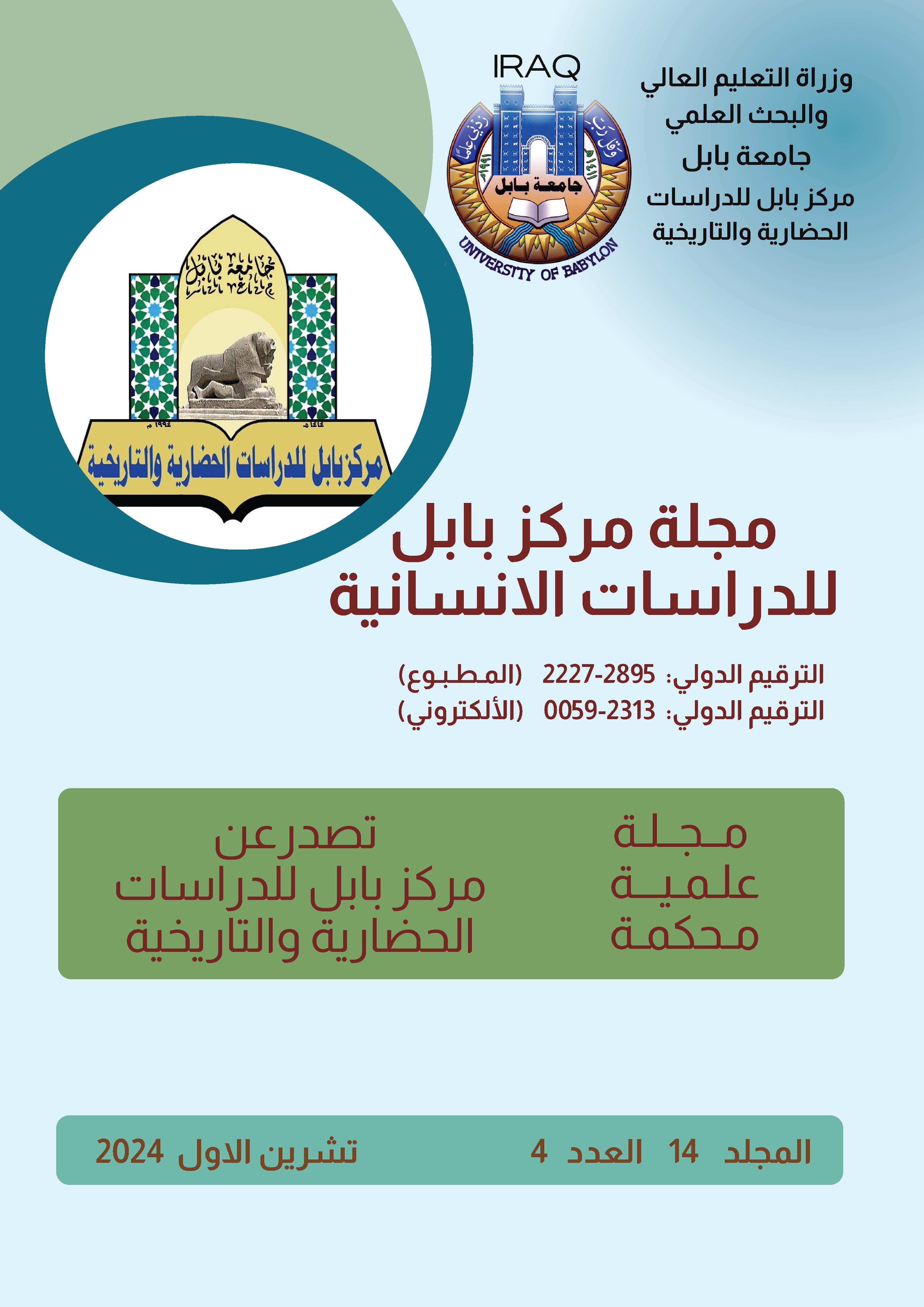Agreements and idiosyncrasies according to the two imams Abu al-Fath al-Dailami and Abu al-Hasan al-Mawardi in frequent readings through their books “Al-Burhan fi Tafsir al-Qur’an” and “Jokes and Eyes,” Surah “Al-Baqarah” as an example
Keywords:
Al-Daylami - Al-Mawardi, agreements - idiosyncrasies - frequent readings.Abstract
This research aims to introduce Imam Al-Dailami (d. 444 AH) and Al-Mawardi (d. 450 AH) and to explain the importance of their books. In this, the researcher followed the historical inductive approach when introducing the two imams. The research also dealt with explaining the agreements and uniqueness of the two imams in the frequent recitations of Surat Al-Baqarah. Through their interpretations, the researcher followed the descriptive approach in explaining the frequent readings, and their method of presenting and guiding them. The researcher divided this research into an introduction, two sections, and a conclusion. The first section included: introducing the two imams Abu al-Fath al-Dailami and al-Mawardi, and their books, and the second section: agreements and idiosyncrasies. According to the two imams in presenting and directing frequent recitations. One of the most prominent findings reached by the researcher was that Imam Al-Dailami and Al-Mawardi were interested in mentioning the frequent recitations in their interpretations, but Imam Al-Dailami did not attribute them to their readers except rarely, while Imam Al-Mawardi used to state the name of the reciter, and he rarely mentioned the name of the reciter, and he mentioned the reading of the seven frequent recitations. It is not attributed to the three that complement the ten except rarely, as they directed the frequent Qur’anic readings, through aphorisms, grammar, rhetoric, poetry, and the speech of the Arabs. The researcher recommended singling out the agreements and discrepancies of Imams Al-Dailami and Al-Mawardi in the irregular readings and directing them through their interpretations. Finally, the researcher appended this research with a list of sources and references, arranged alphabetically, and printed in both Arabic and English.







